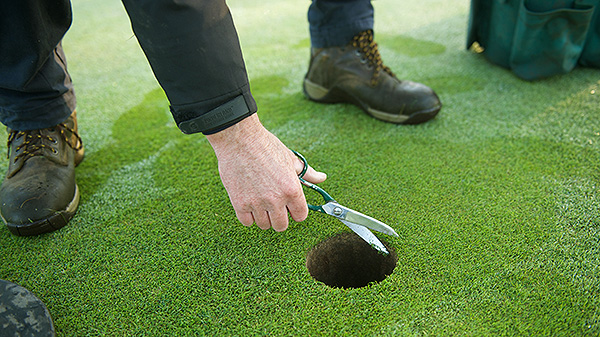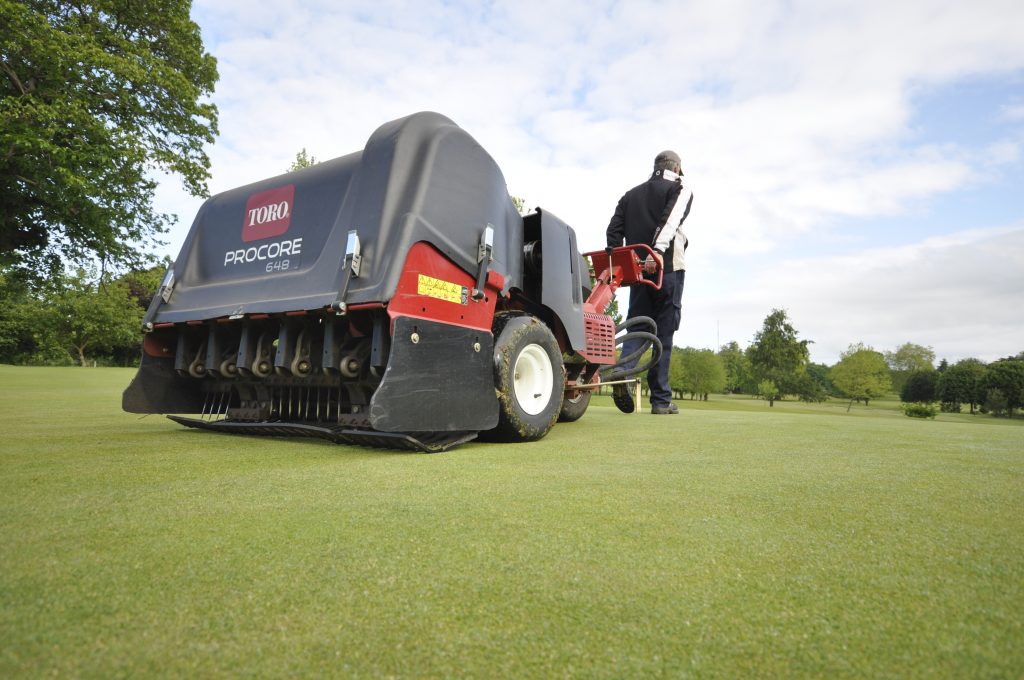‘Preventative disease methods should be undertaken now’
Related Articles
While golf courses are facing unprecedented times, greenkeepers are being urged to keep on top of maintenance to ensure courses are in good condition for when golfers return.
Colin Mumford, technical manager at Bayer, says that seasonal conditions, such as plummeting temperatures and excess rainfall, combined with the challenges posed by Covid19, have affected many courses.
“Previous lockdowns prevented planned work from going ahead, and once the courses were open, golfers returned in their masses making the management and maintenance of courses very challenging,” says Colin.

He adds that the cold and wet conditions we’ve experienced this winter could also contribute to long-term turf damage. “Despite being in another lockdown, it’s vital that greenkeepers do all they can to start the year with ‘stress free’ turf, as a healthy course will be less susceptible to weeds, pests and diseases,” says Colin.
Unlike previous lockdowns, at the moment, greenkeepers can undertake maintenance work, which should allow them to catch up from last year, weather permitting.
“Preventative disease methods should be undertaken now to reduce the risk of disease appearing later in the year,” says Colin.
“Keeping surfaces dry by switching or brushing dew off the playing surface should be done daily to help reduce disease outbreaks and ensure a cleaner cut when mowing. And if plant health is a concern, the height of cut (HOC) can be raised slightly, but be mindful that courses may open at short notice, and may require a rapid return to the original HOC which isn’t ideal,” says Colin.

“If it isn’t too wet, aeration or verti-draining can help remove below ground compaction allowing water to move more effectively through the rootzone, preventing waterlogging and surface damage to the course.
“Another job that can be done, is cutting back overgrown trees on the course to minimise shaded, damp environments in these areas,” he adds.
Colin warns that golf courses have been one of the first venues to open following a lockdown and therefore temporary courses may need preparing if the weather is still poor. “Letting players onto frozen courses that are beginning to thaw can result in roots breaking due to surface movement, leading to long-term course damage.

“It’s also worth considering re-routing player traffic flow around the key areas of the course and roping off any high traffic areas to avoid turf getting churned up,” adds Colin.
“Turf stress at this time of year can put the plants under pressure, leaving them more susceptible to problems later in the year, and therefore it’s important to try and keep courses as healthy as possible from the outset,” he says.

























